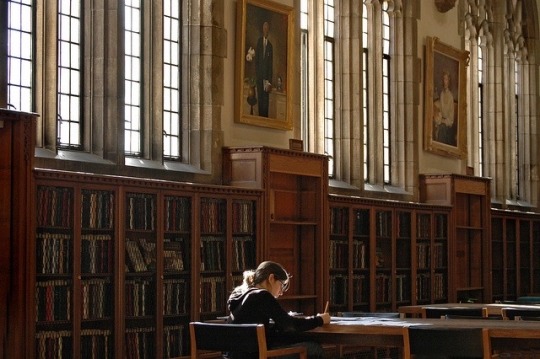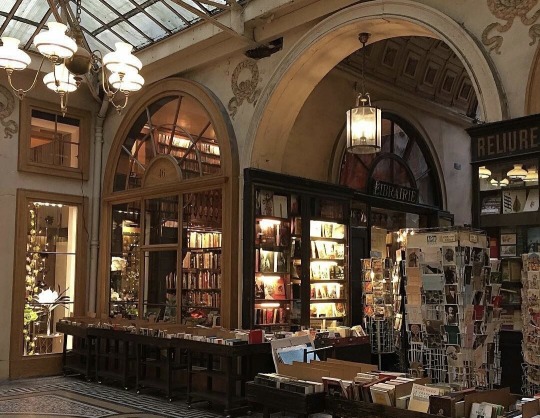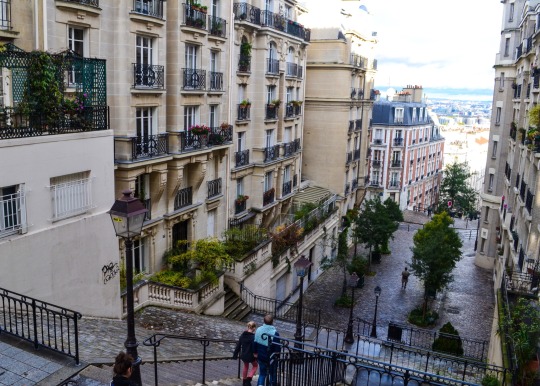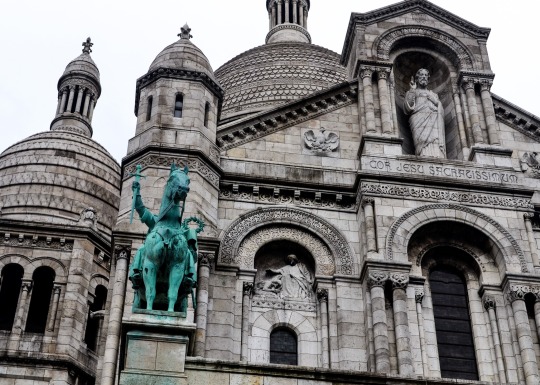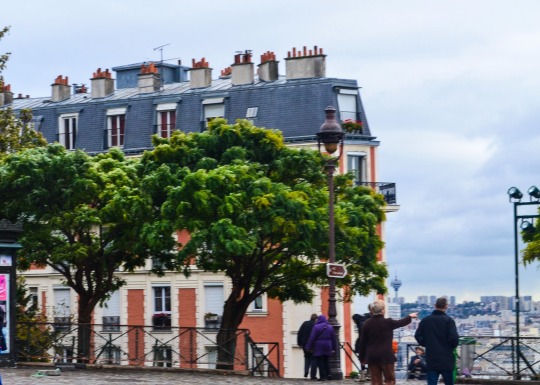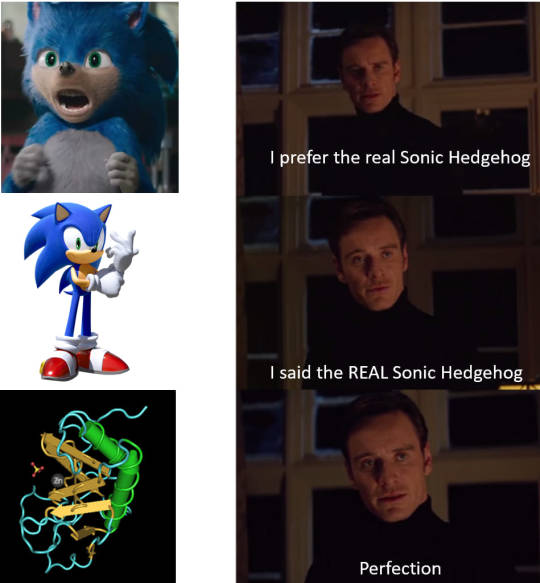marian josephine | 27 | INTP | 5w4 My sainthood. books. babies. medicine and science. puns and facts. linguistics. random bursts of sentiment and openness. natural wonders and architecture. poetry. all that I find beautiful. here be dragons.
Don't wanna be here? Send us removal request.
Text
11K notes
·
View notes
Video
A little nudge
All it takes is a few taps on the side of this vial and—like magic—a ring of fluffy white solid suddenly appears inside, seemingly out of nowhere But a closer look reveals a few drops of a clear, colorless liquid, pooled almost invisibly at the bottom of the vial, that rapidly crystallize under when the vial is tapped.
The stuff in the vial is a ligand that Jaime Martin, a postdoc in Cristina Nevado’s group at the University of Zurich, synthesized as part of his research quest to make a library of stable gold(III) complexes and study their properties and reactivity. Gold(III) tends to undergo reduction easily, and a good ligand is essential for keeping the metal happy in the desired oxidation state. Martin says that most of the ligands he makes are liquids after purification, but the higher molecular weight ones can crystallize under the right conditions—given a little nudge. It’s “very very satisfying” to see the solid pop up under vacuum, he says.—Brianna Barbu
Credit: Jaime Martin. Follow him on Twitter @Jaime_Chem.
Do science. Take pictures. Win money. Enter our photo contest here.
Click here to see more Chemistry in Pictures.
156 notes
·
View notes
Photo

Grundlsee, Austria (by Michael Dittrich)
586 notes
·
View notes
Photo
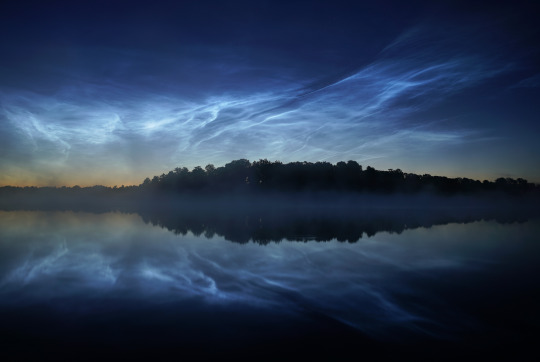

The amazing beauty of noctilucent clouds.
7K notes
·
View notes
Text
2K notes
·
View notes
Video
Watch them grow!
Jason Hein captured these ballooning crystals under a microscope in real-time. Molecules of sodium ammonium tartrate precipitate out of this solution fast enough and form big enough crystals—10 to 100 µm long—for him to see with an optical microscope. Hein, a professor at the University of British Columbia, was capturing these crystals’ growth as part of his lab’s larger project to automate organic chemistry processes. In this case the lab plans to use computer vision to track the progress of crystallization. Separately, sodium ammonium tartrate is a special compound in the history of chemistry: because its large asymmetric crystals are so big, Louis Pasteur was able to study them and manually separate them based on their handedness, similar to the mirror-image difference that distinguish right and left hands. That experiment that led him to discover molecular chirality 1848.—Manny I. Fox Morone
Submitted by Jason Hein
Do science. Take pictures. Win money. Enter our photo contest here.
Click here to see more Chemistry in Pictures.
109 notes
·
View notes
Photo

University of Wroclaw, Poland (by Michal Janeczko)
1K notes
·
View notes
Photo
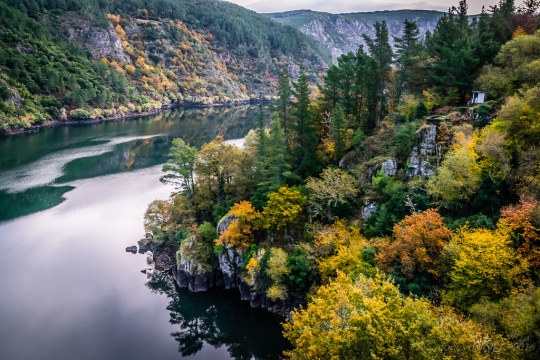
River Sacra, Ourense, Spain (by Carlos Perez)
890 notes
·
View notes




